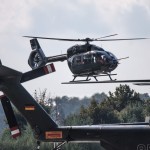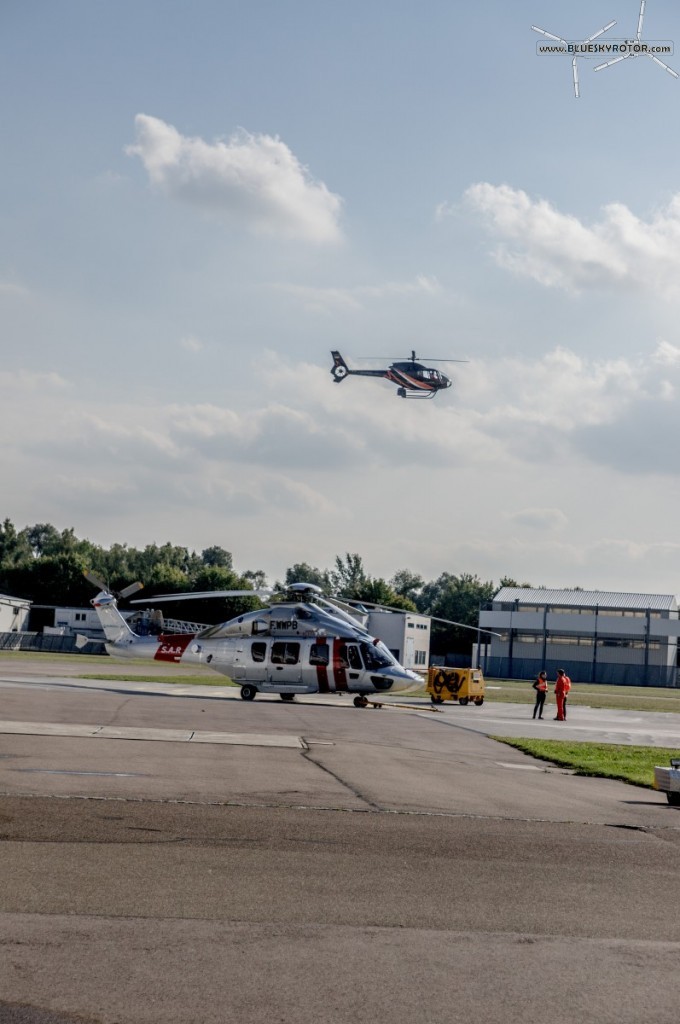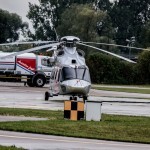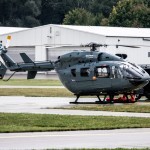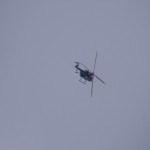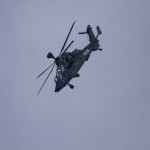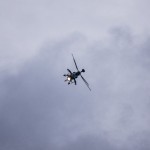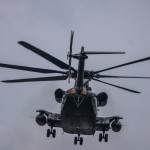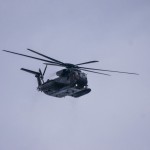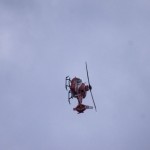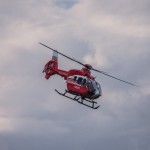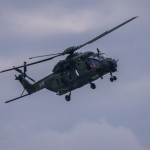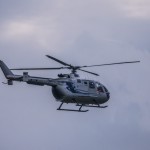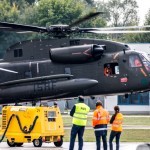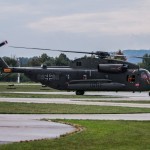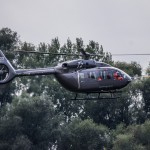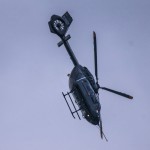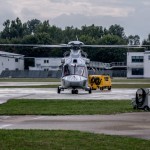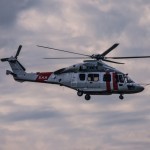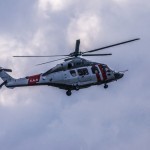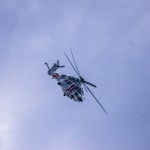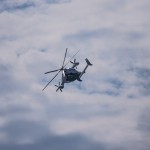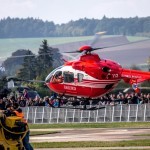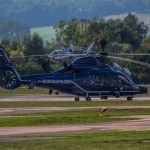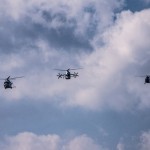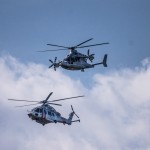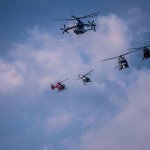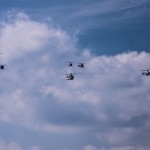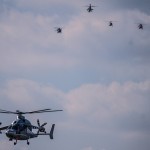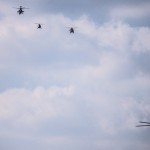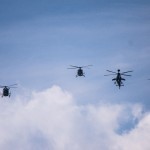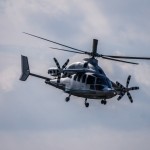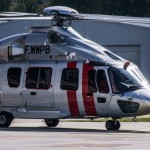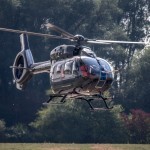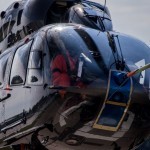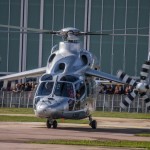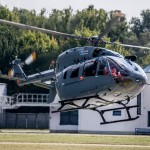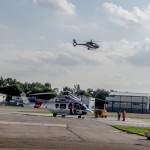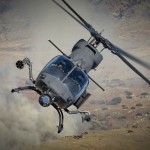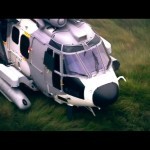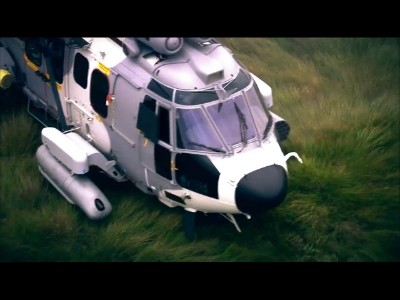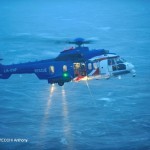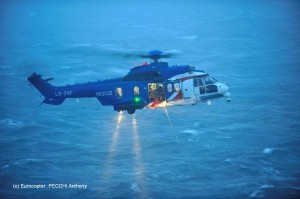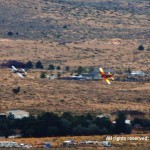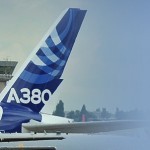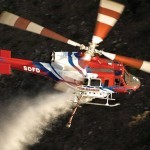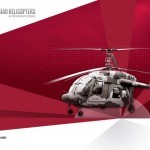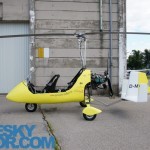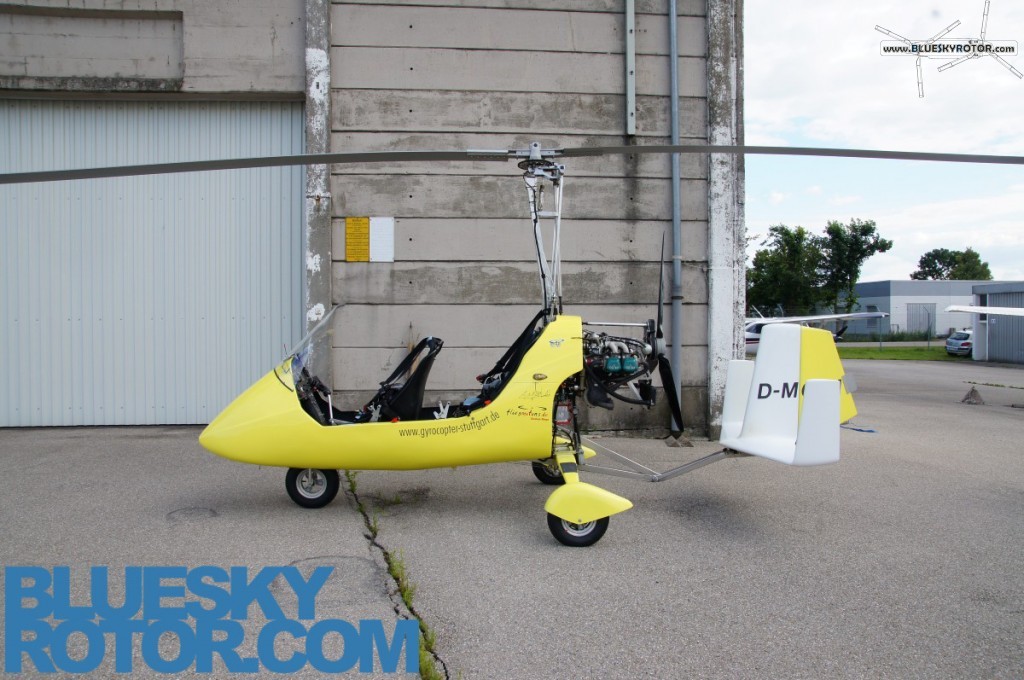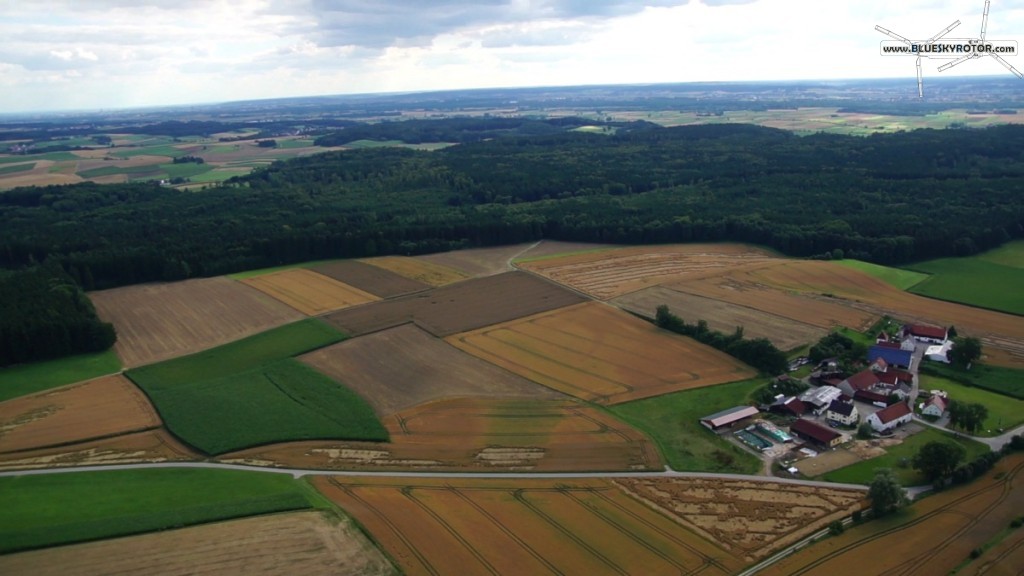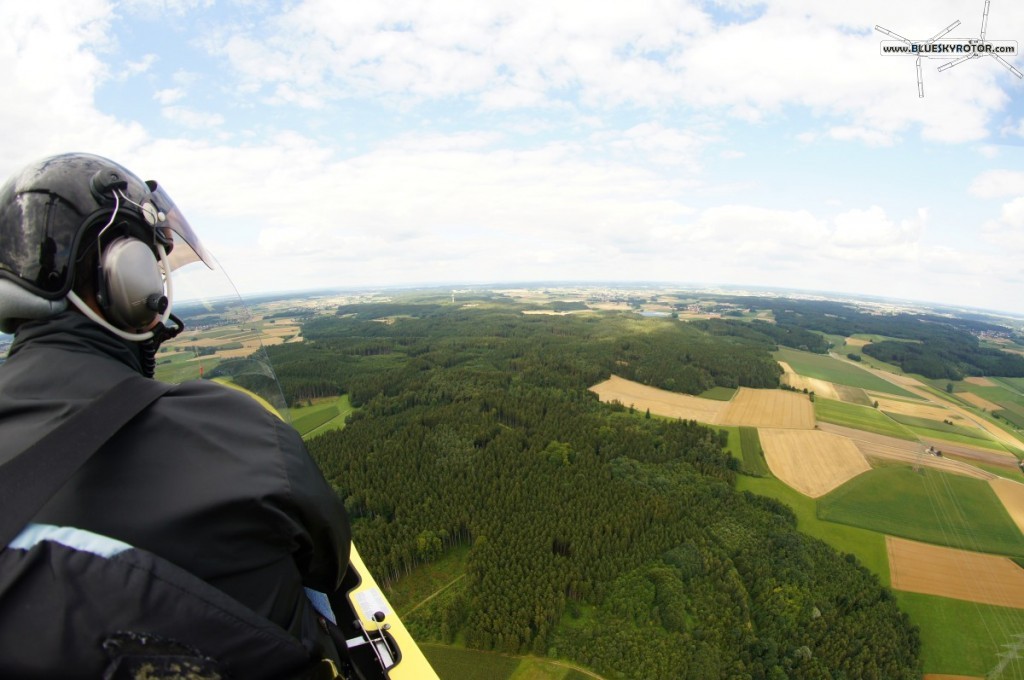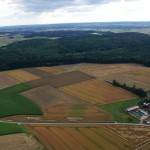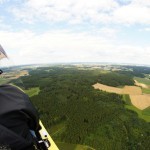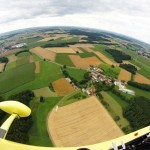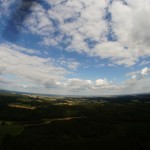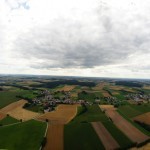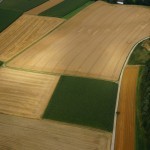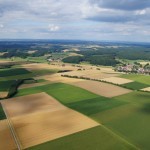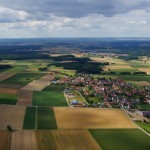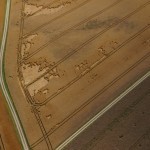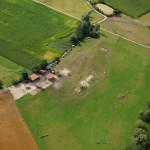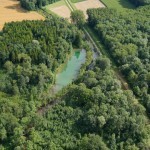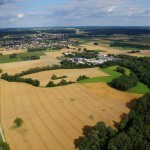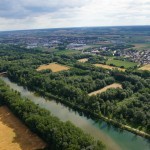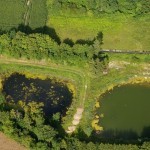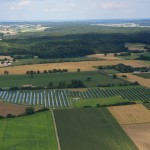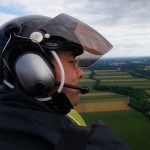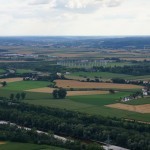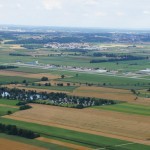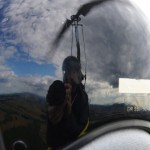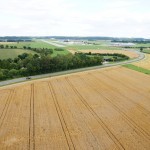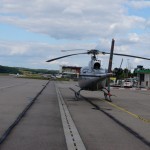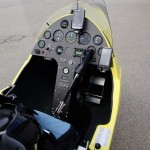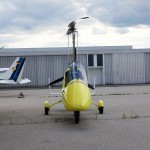It was a nice clear day, slightly windy and with very few clouds. I just had spent weeks travelling across California and I wanted to end my travel with the famous Reno Air Races.
I had heard about it during my whole life and seen many pictures. It is the greatest event to see when you travel to the West Coast.
However, I informed myself not so much about what I would see there: it was all about races with competition planes and huge engines, but I didn’t know anything about the biplanes or the jets. In fact, they should rename the “jets” class into “Albatros” insofar as you almost have only L-39 Albatros competing. But this would be forgetting the great and marvellous De Havilland Vampire!
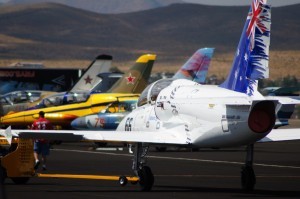
Albatros
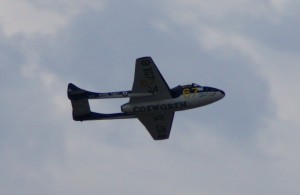
De Havilland Vampire
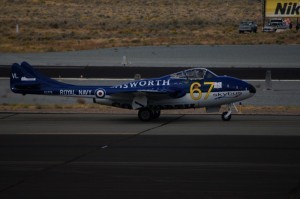
Vampire landed
I also discovered the organisation of the races: qualification flights, in-flight demonstrations with solo or teams performers, ground displays of awesome warbirds, old and modern aircraft…
There was a CH-47D Chinook, a Blackhawk, a brand new UH-72 Lakota (delivered just 6 months ago), a big C-17, some F-18, one F-15…
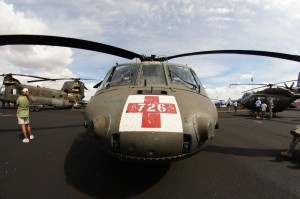
helicopters
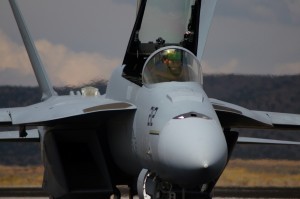
really, the weather’s hot!
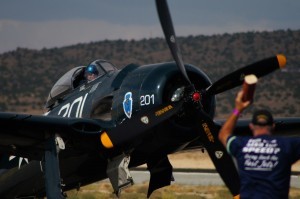
why so serious?
There was even a Reaper MQ-9, which had just been delivered by a C-130 Hercules. I have been lucky enough to watch it being assembled by the ground team.
“No it’s not a predator, it’s a Reaper”, the chief told me. Right, the first one is much smaller. This big one is even capable of firing 4 times more missiles.
“Yes, you can watch it closer. Just don’t distract the people working here.” That’s how I was able to have a look.
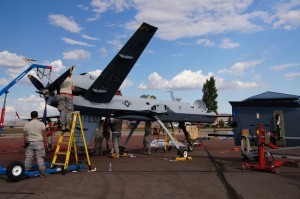
MQ-9 Reaper being assembled
“Boy, you can make pictures, but not of the inside of the aircraft.” The hood was not installed yet.
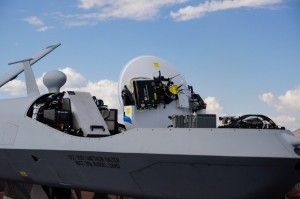
under the hood
I discovered the wonderful Thunderbirds.
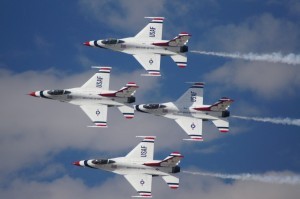
Thunderbirds
And the famous T-6 races
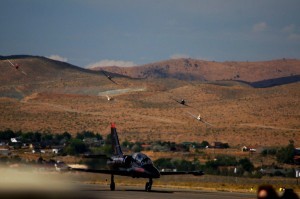
Texans not chasing an Albatros
Guess what? This was on the runway, but did not fly. It was “racing” against a plane. I think you can play it in MS Flight Simulator.
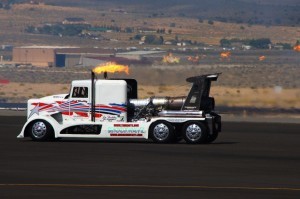
turboreactor truck
And this is a biplane race heat.
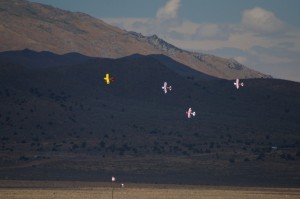
biplanes
I had taken my tickets in advance on the Reno website and withdrew them the day of my arrival, on Wednesday. The very beginning was already on Tuesday, but I didn’t want to attend the first preparations. The arrivals of all the aircraft and the qualifications (heats) were more interesting though: this is why I wanted to be there 5 days long, till the final races on Sunday.
The day after, I took the pit pass and discovered the real beasts of the event: the Unlimited class. Perhaps 30 of them (or more) were parked here, waiting for their turn under the heavy Sun. You have all sorts of teams. Much money provides you the big workshop truck, the big wide camping-car (camping-truck?) and the few pretty girls attracting the numerous photographers. On the opposite, you had the teams with less sponsorship, but not less passion. A big car or a van for the ground equipment contained everything they have.
All these airplanes are warbirds with “adaptations”. Shortened wings, powerful engines, redesigned cockpits… They are the dreams of air mechanics.
The king of the place was the P-51, which was the most seen model. Walking behind the halls, I even found other which were here… to be displayed. From what i knew, they were not racing.
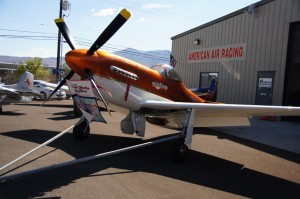
Thunder Mustang, a kit airplane first flown in 2001
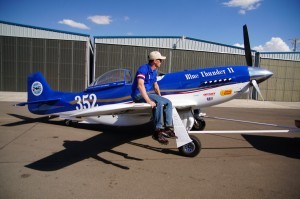
another baby Mustang
In the Sport class, a dozen of competitor was waiting in the cool shadow of the hangars.
The most beautiful was the French “Big Frog”. It was the finest and the most elegant plane in its category with a high tech construction, a high performing engine and a thin aerodynamic shape.
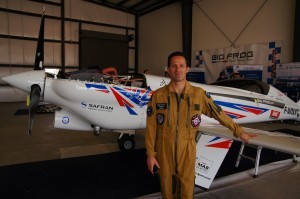
Big Frog and its pilot!
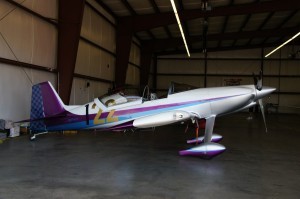
another fine plane
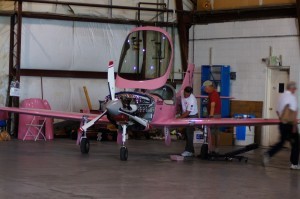
Did Barbie compete… or Ken?
I had no real opportunity to make an interview: they were on their way to show off in front of the stands on the old fire truck.
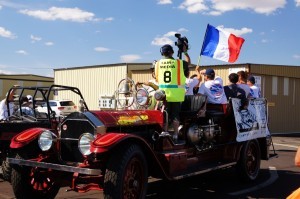
Big Frog team showing off
Also good to notice, they were not the only ones having fun.
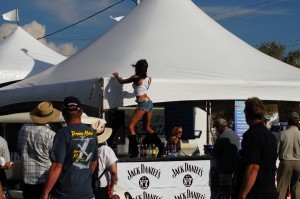
girls and fun
I had my tickets for the Grand Stand. From what I had read, it was the best place to really enjoy the show throughout the 5 days. However, I only had the opportunity to enjoy 3 of them.
The first day, I spent more time on the public seats. It was closer to the ground displays (opposite side to the pits) and the view was nicer, I felt.
Nevertheless, the latter view from the grand stand is wider.
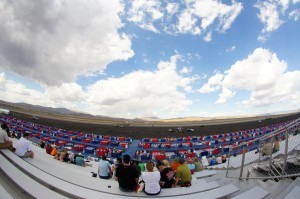
from the grand stand
The second day, I wandered through the pits, enjoying the close view of the not yet roaring radial engines.
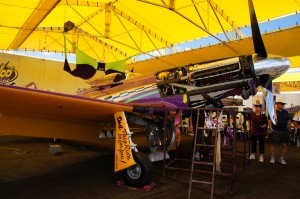
Voodoo in the shadow
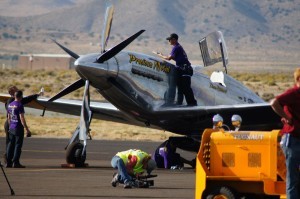
preparation
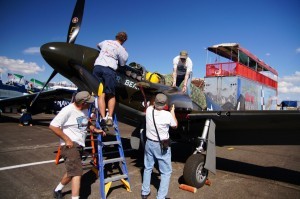
another preparation
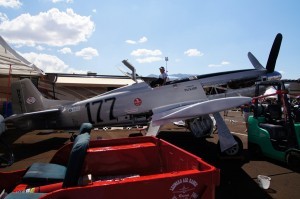
taking care of Galloping Ghost
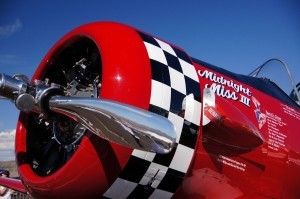
Midnight Miss III on the pits
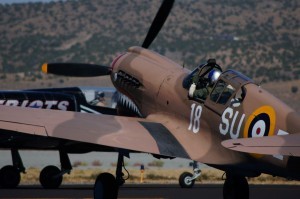
ready to start
The third day, I went again to the pits, visited the inside of big and great airplanes and finished the afternoon, finally enjoying my reserved seat. The Unlimited qualification was about to begin, finishing the program of the day. Of course, they would not be the last planes flying, as many used the opportunity of a training for the following days, or for a friendly formation flying with other competitors.
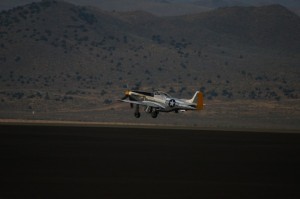
Enjoying a quiet flight after a long day
When the T-33 Shooting Star took off, it was the signal that the Unlimited qualification was beginning. The 8 competitors followed and joined the T-33 already in flight.
When they were all ready, they arrived in line, side to side, from behind the grand stand and began the race.
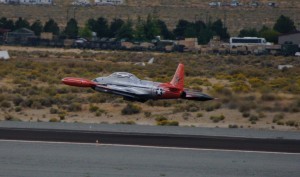
T-33 Shooting Star takes off for the race
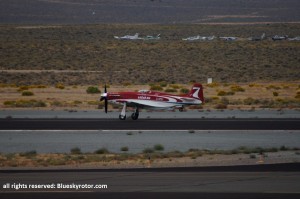
Strega taking off
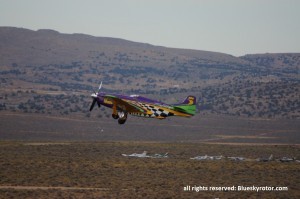
Voodoo taking off
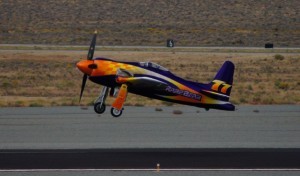
Rare Bear taking off
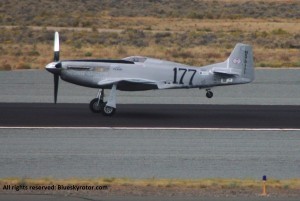
Galloping Ghost taking off, last time
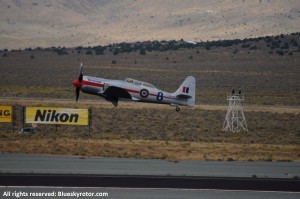
Hawker Sea Fury Dreadnought taking off
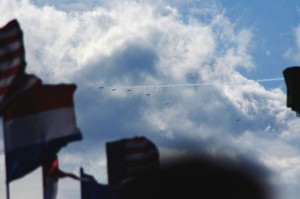
Racers in line to start, the T-33 has smoke
The engines are very loud, but also very smooth to hear. It’s like a mix between a roar and a storm. Hearing it gives you butterflies in the stomach.
After a few turns, there happened to be more room between the planes. However, some remained wing-in-wing, fighting furiously for a place closer to the first. They all managed their energy in the finest way, descending slightly in the final straight line and staying only few feet above the ground, in order to be the fastest when crossing the finish line.
For the Air Races, Reno Stead used the Southern runway, making the take-offs and landings west or east. The start of the race was on the eastern side, continuing counter-clockwise to the North. Therefore, the planes came back on the left side of the spectators.
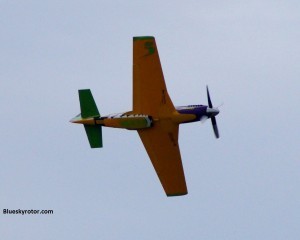
Voodoo turns left in front of the crowd
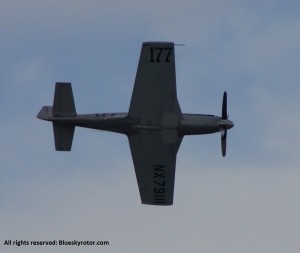
Galloping Ghost banking left in front of the Grand stand, flying further in the race
It was perhaps their fifth or sixth lap. The Galloping Ghost was in the wing of the Rare Bear.
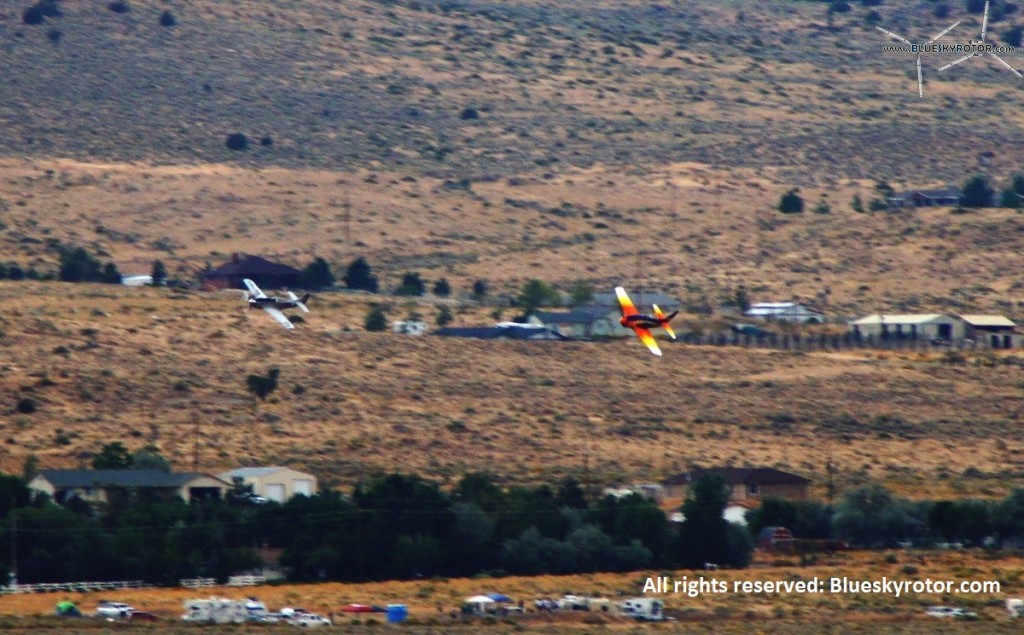
Galloping Ghost and Rare Bear in the left turn before finish line
Few moments later, Rare Bear made its pass in front of us. I hadn’t really followed which aircraft was doing what, so it didn’t appear strange to me that the second aircraft was not here.
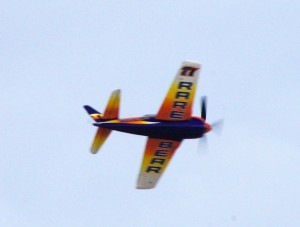
Rare Bear in front of the crowd
Right before the last turn before the finish line, on the left side of the public, the Galloping Ghost had suddenly nosed up. After climbing a few hundred meters, it then made a stall turn and banked to the left while descending. Its slope became less pronounced as it flew towards the ground, directly to the grand stand.
Only at this moment, people seating there noticed the low roar of the enormous Packard V12 engine. It was very surprising to hear it coming from the left behind. You couldn’t fear anything, it was just heavily surprising to see this happening. I think that the best word to describe the reactions is that people were completely stunned. Nobody told anything or screamed.
Not all people had noticed the plane incoming from behind and there not really much to do. I remember that my own reaction was to think that I had unfortunately no time to take a better objective for my camera. At this moment, I had my cheap Tamron 70-300 mm on, which would be anyway far too slow to have a good aim or focus. Then I watched the exit and noticed that it was on the bottom of the grand stand. I had no time to run there, and anyway, it was even close to the probable crash point. Thus I just stayed here, seating on my place, watching. During a few milliseconds, which seemingly lasted minutes, the nose of the aircraft was exactly pointed towards me. It occured to me only later that the catastrophe may have been really major if it hadn’t turned as much as it did. Many people can consider their luck today.
I learned later, seeing photos, that the pilot was completely unconscious and the plane was currently not under control.
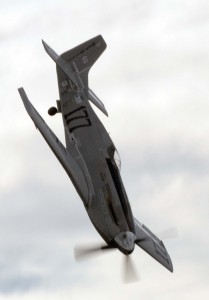
Galloping Ghost diving
The impact point was in front of me, slightly to the right. There were 3 rows of group boxes installed on the ground, just in front of the grand stand; the plane hit the second line of seats.
No flames, no Hollywood effect, only a big dull and dusty explosion, leaving the engine alone finish its life farther after a few bounces.
The scene was stunning, but the speaker has been really impressive: despite the fact that he stood only a few meters close to the impact point, he continued to speak and to request people to remain quiet. He has been very professional and I must warmly congratulate him for that. Thanks to him, there may have very less (or no) casualties due to a possible crowd panic.
A weak point, however, was the big lack of helicopters. All the firemen were already there, because it is an airport with intense activity. On the contrary, only 2 or 3 helicopters were seen. A Bell huey transported wounded people to the hospital and a Bell OH-58A of the Sheriff was circling above. (While writing this article, I am noticing that the N1032F designation was previously given to a McDonnell-DouglasDC-10 which crashed during take-off in New York)
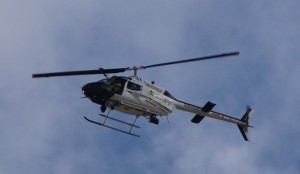
OH-58A Sheriff N1032F above the crowd in Reno
I think that a few more helicopters may have helped supporting the emergency forces, perhaps bringing casualties faster to the hospital.
I will not insert videos here, as there are already a plenty available on the internet.
For the anniversary of the accident, my thoughts go to the wounded and those who met the end of their life. For all others, you have to be careful when you are next to planes!
